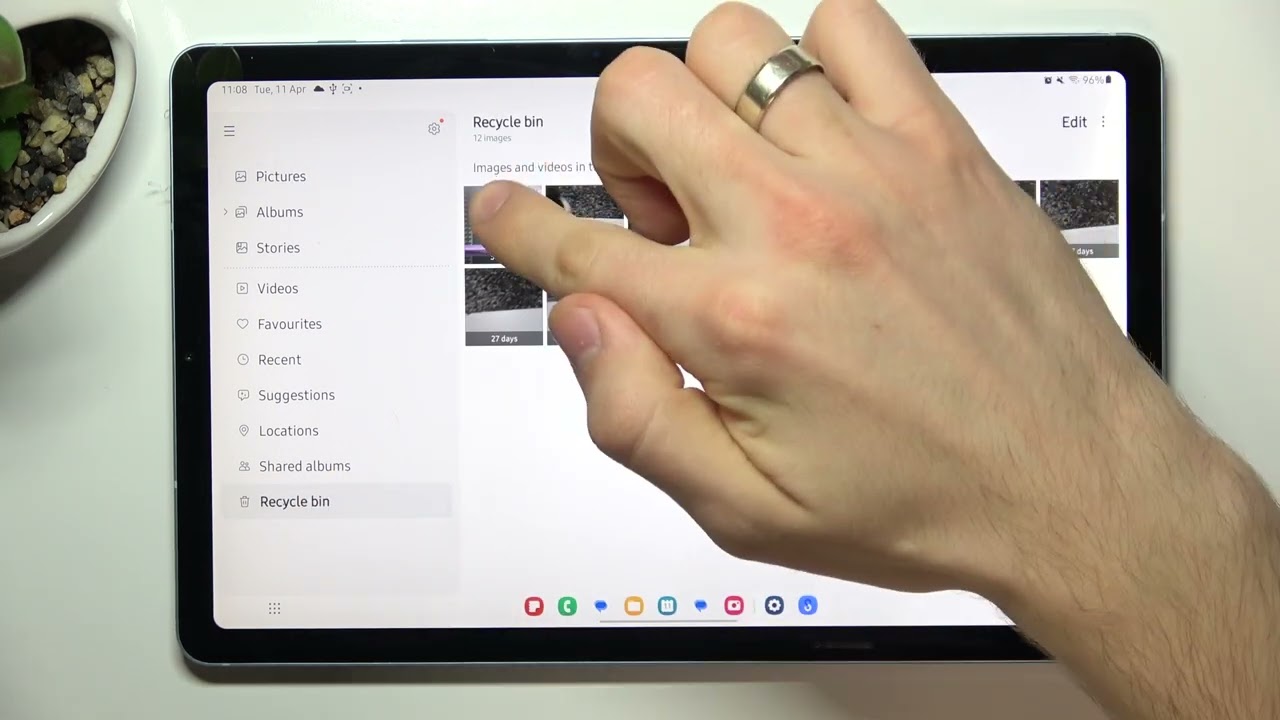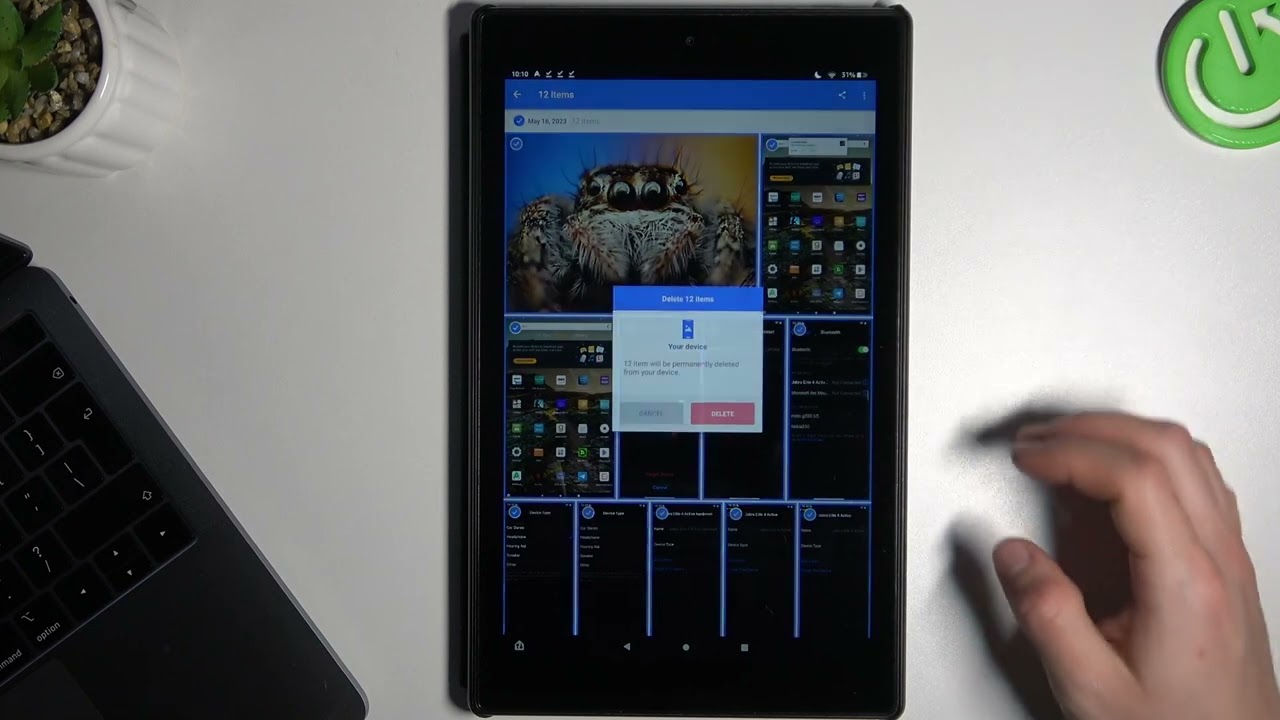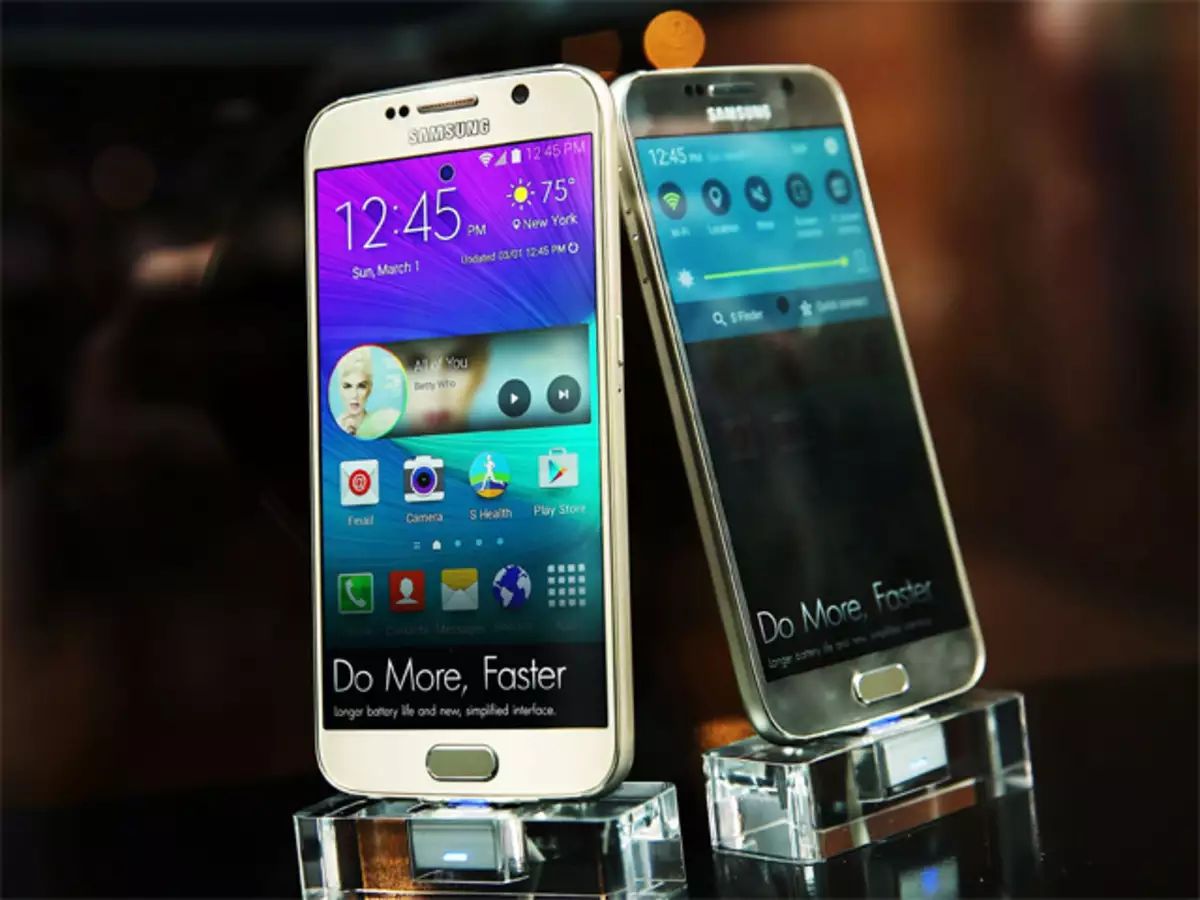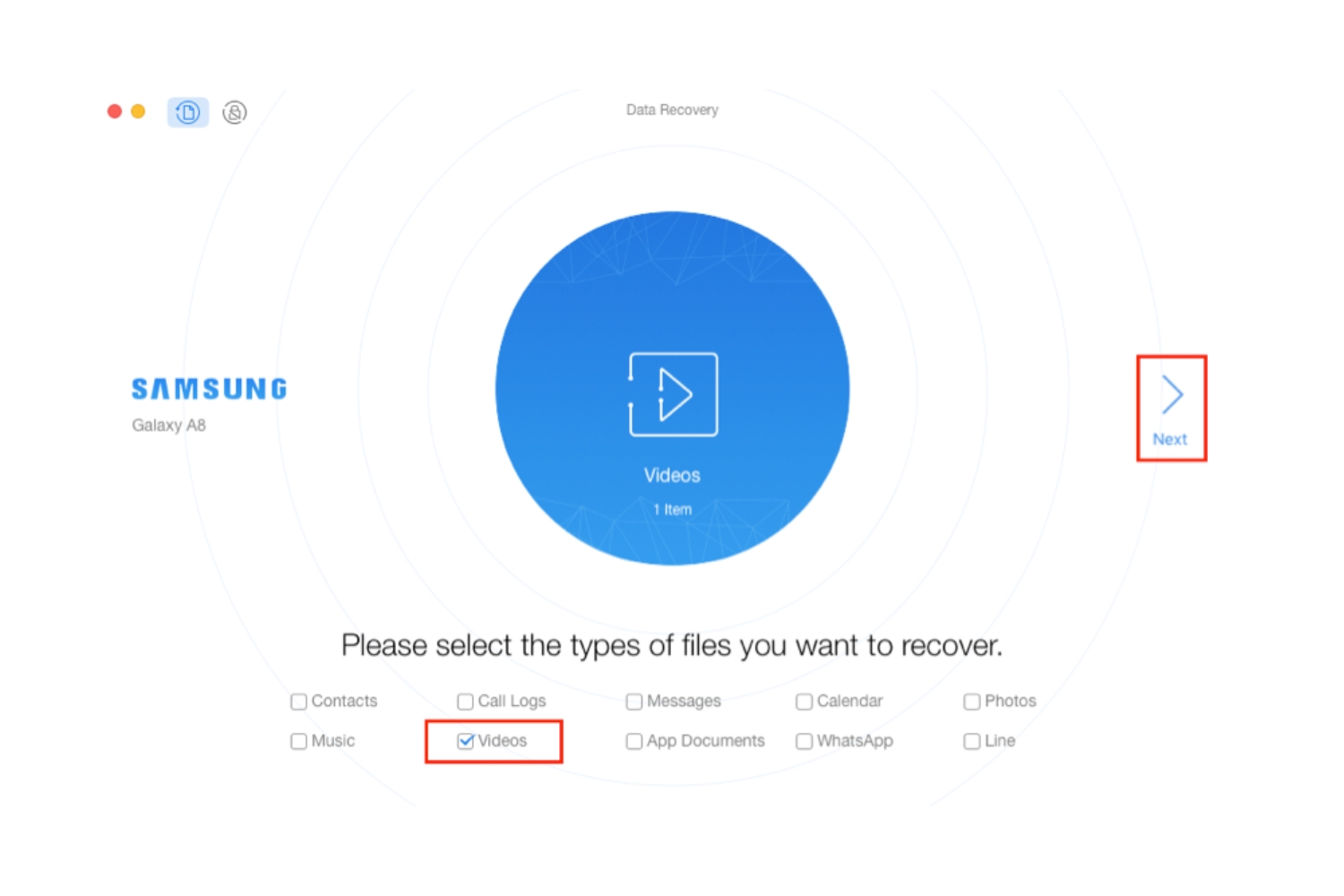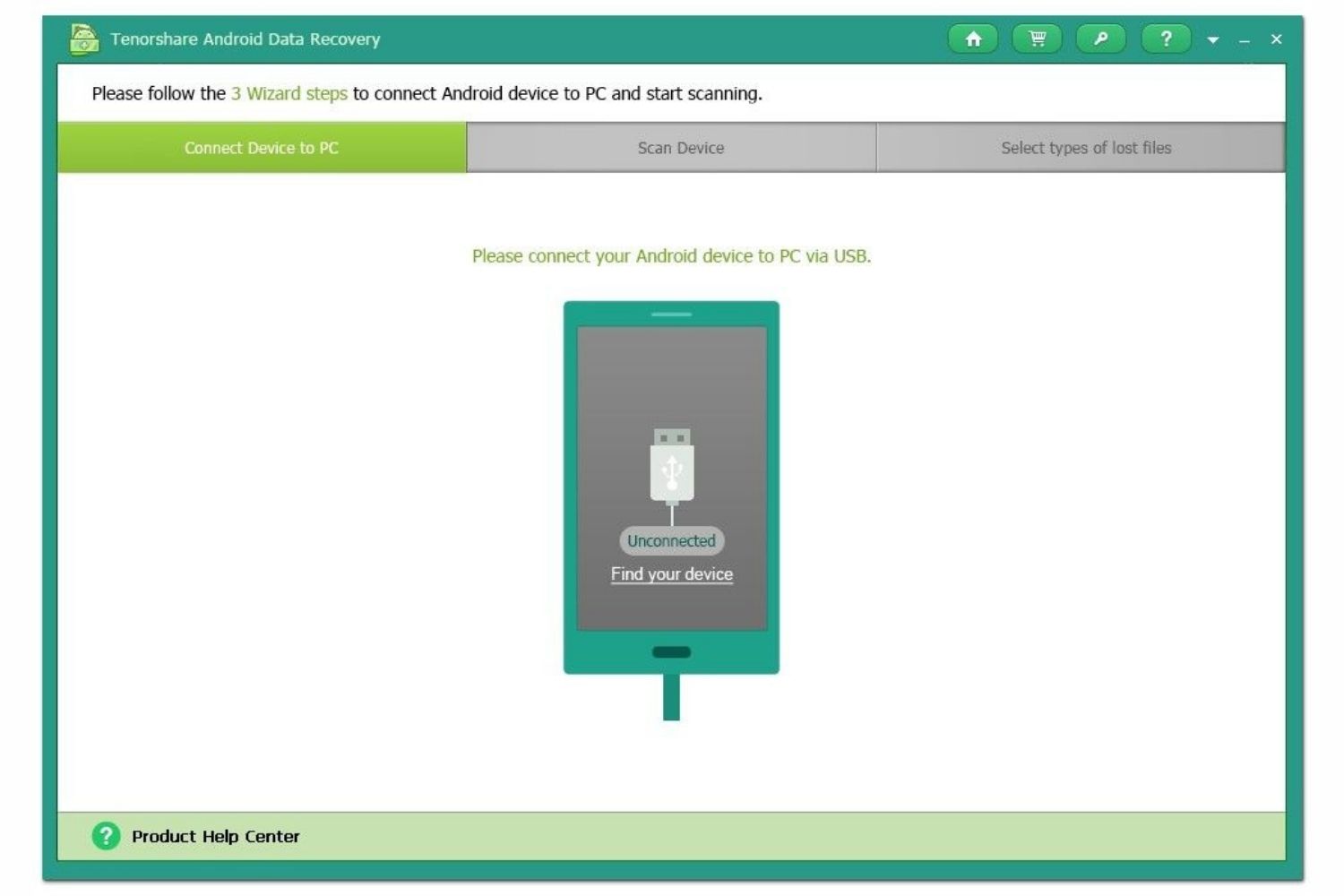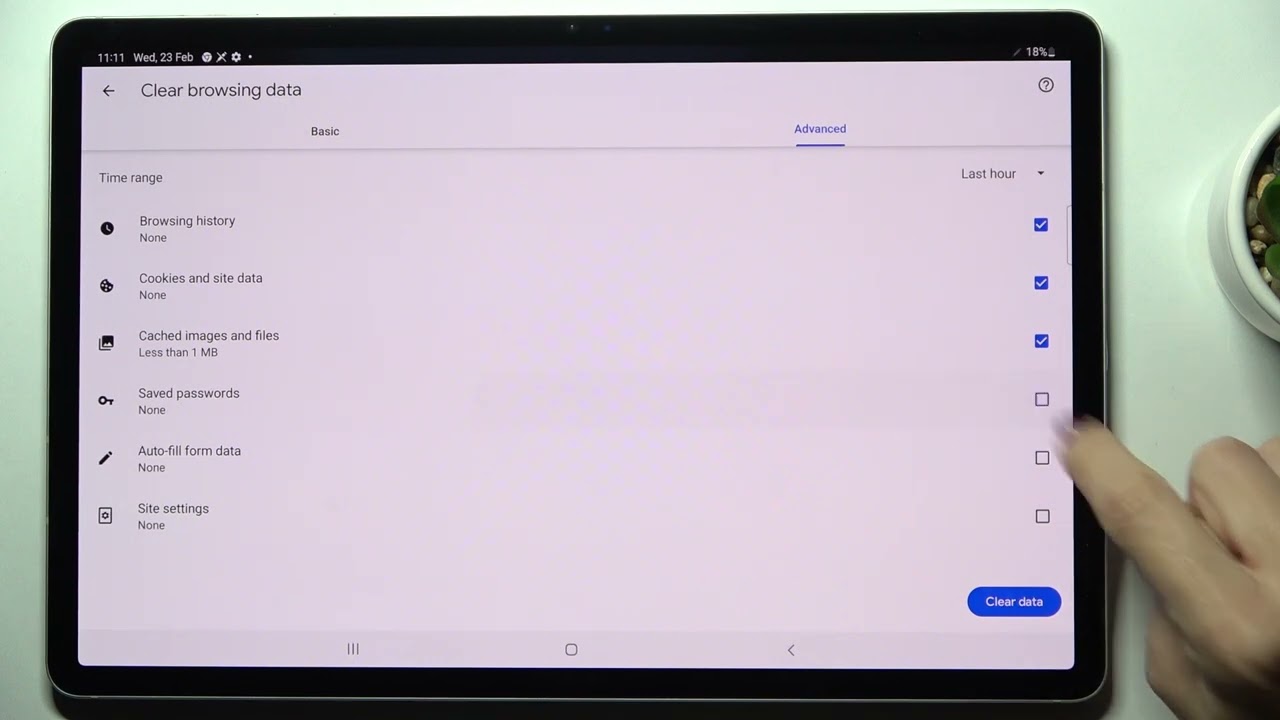Introduction
Welcome to our guide on how to recover deleted pictures on a Samsung tablet. Accidentally deleting photos can be a frustrating experience, especially when those pictures hold precious memories. But fret not, as there are several methods you can try to recover your deleted pictures and restore those cherished moments. In this article, we will walk you through the steps to recover your lost photos on a Samsung tablet.
Samsung tablets run on the popular Android operating system, which provides various options for data recovery. Whether you accidentally deleted the pictures or they went missing due to a system error, we have solutions that can potentially help you retrieve them.
Note that the effectiveness of these methods may vary depending on several factors, such as the time elapsed since the deletion, the usage of the device after deletion, and the availability of backups. So it’s important to act quickly and avoid further usage of your tablet to increase the chances of successful recovery.
Now, let’s dive into the step-by-step methods that can help you recover your deleted pictures on a Samsung tablet. From checking the trash/recycle bin to using data recovery software, we will explore each option in detail to assist you in getting back those precious memories. So without further ado, let’s get started!
Step 1: Check the Trash/Recycle Bin
The first and easiest method to recover deleted pictures on your Samsung tablet is to check the Trash or Recycle Bin. Similar to a computer, Android devices also have a temporary storage folder where deleted files are kept for a certain period before being permanently deleted.
To begin, open the Gallery app on your Samsung tablet. Look for the “Trash” or “Recycle Bin” option in the menu. Depending on the version of Android and the device model, the location of this option may vary. If you can’t find it in the Gallery app, try checking the “Settings” or “More Options” menu for the Trash/Recycle Bin.
Once you locate the Trash/Recycle Bin, you’ll be presented with a list of deleted pictures. Scroll through the items and look for the photos you want to recover. Select the desired pictures and tap the “Restore” or “Undelete” option to bring them back to their original location in the Gallery.
If you find the deleted pictures in the Trash/Recycle Bin, consider yourself lucky as the recovery process is as simple as a few taps. However, keep in mind that the Trash/Recycle Bin has a limited storage capacity, and older deleted files may get automatically purged to make room for new ones. Therefore, it is crucial to check the Trash/Recycle Bin as soon as possible after realizing the photos are missing.
If you couldn’t find the deleted pictures in the Trash/Recycle Bin or if you accidentally emptied the bin, don’t worry. There are still other methods we can explore to recover your precious photos. Let’s move on to the next step.
Step 2: Use a Data Recovery Software
If you couldn’t find your deleted pictures in the Trash/Recycle Bin or if the bin was accidentally emptied, you can try using a data recovery software to retrieve them. These software applications are designed to scan your Samsung tablet’s storage and recover deleted files, including photos.
There are several data recovery software options available for Android devices. One popular and reliable choice is DiskDigger, which is available for free on the Google Play Store. To use DiskDigger:
- Open the Google Play Store on your Samsung tablet.
- Search for “DiskDigger” and install the app.
- Launch DiskDigger on your tablet.
- Grant the necessary permissions for the app to access your device’s storage.
- Select the storage partition where your deleted pictures were originally stored. If you are unsure, you can choose the option to scan all partitions.
- Start the scanning process and wait for DiskDigger to search for deleted files.
- Once the scan is complete, you’ll be presented with a list of recoverable files, including photos.
- Select the deleted pictures you want to recover and tap the “Recover” button to restore them.
It’s important to note that the success of data recovery using software applications like DiskDigger relies on several factors. The sooner you run the recovery software after deleting the pictures, the higher the chances of complete recovery. Additionally, the app’s effectiveness may also depend on factors such as the device model, Android version, and the level of fragmentation in the device’s storage.
If the data recovery software doesn’t yield satisfactory results, don’t worry. There are still other methods we can explore. Let’s move on to the next step.
Step 3: Use Google Photos
If you have synchronized your Samsung tablet’s photos with your Google account, you can try using Google Photos to recover your deleted pictures. Google Photos automatically backs up your photos and stores them in the cloud, providing an additional layer of protection against accidental deletion.
Follow these steps to check if your deleted pictures are available in Google Photos:
- Open the Google Photos app on your Samsung tablet.
- Sign in to your Google account if you haven’t already.
- Tap on the “Menu” icon (usually three horizontal lines) to access the side menu.
- Select the “Trash” option from the menu.
- You will now see a list of deleted photos. Scroll through the images to find the ones you want to recover.
- Select the desired pictures and tap on the “Restore” button to bring them back to your Google Photos library.
If you find your deleted pictures in the Google Photos trash, you can easily restore them with a few taps. However, it’s important to note that Google Photos keeps deleted pictures in the trash folder for only 60 days. After this period, the photos are permanently deleted, and recovery becomes more challenging.
If you haven’t enabled the backup and sync feature in Google Photos, there’s still hope. Google Photos offers a feature called “Free Up Space” that automatically deletes photos from your device’s storage once they are safely backed up in the cloud. Check your device’s storage to ensure that the photos you are looking for are not still locally stored on your Samsung tablet.
If you were unable to recover your deleted pictures using Google Photos, don’t worry. We still have a couple of methods to try. Let’s move on to the next step.
Step 4: Restore from a Backup
If you have been diligent about backing up your Samsung tablet’s data, there’s a good chance that your deleted pictures are stored in one of your backups. Restoring your device from a backup allows you to retrieve not only your pictures but also other deleted data.
Here’s how you can restore your Samsung tablet from a backup:
- Open the “Settings” app on your Samsung tablet.
- Scroll down and tap on the “Accounts” or “Cloud and Accounts” option.
- Find and select your Google account from the list of accounts.
- Tap on the “Restore” or “Backup and Restore” option.
- Choose the backup that contains the deleted pictures. The available backups will be listed with the corresponding dates.
- Follow the on-screen instructions to continue the restoration process.
- After the restoration is complete, check your Gallery app or Google Photos to see if the deleted pictures have been successfully restored.
It’s important to note that the success of this method depends on whether you have a recent and comprehensive backup that includes the deleted pictures. If you have regularly enabled automatic backup on your Samsung tablet and have a backup containing the desired pictures, the chances of successful recovery are significantly higher.
If you don’t have a backup or if the backup doesn’t include the deleted pictures, there is still one more option to consider. Let’s move on to the final step.
Step 5: Contact Samsung Support
If none of the previous methods have been successful in recovering your deleted pictures on your Samsung tablet, it may be time to reach out to Samsung Support for assistance. There could be underlying issues or technical complications that require the expertise of Samsung’s support team to resolve.
Before contacting Samsung Support, gather all relevant information about your device, such as the model number, Android version, and any specific details related to the deletion of the pictures. This will help the support team better understand your situation and provide appropriate guidance.
You can contact Samsung Support through various channels, including online chat support, email support, or phone support. Visit the official Samsung website and navigate to the Support section to find the appropriate contact options for your region.
When you contact Samsung Support, explain the issue in detail and let them know that you’ve already tried the previous recovery methods. They may be able to provide additional troubleshooting steps or escalate the issue to their technical team for further assistance.
Keep in mind that contacting Samsung Support doesn’t guarantee a successful recovery of your deleted pictures, but they can offer further guidance based on their expertise and knowledge of Samsung devices.
Remember, prevention is better than cure. To avoid encountering similar situations in the future, make sure to regularly back up your photos and enable features like automatic cloud syncing. This will ensure that your pictures are safely stored and can be easily recovered if necessary.
By following these five steps – checking the Trash/Recycle Bin, using data recovery software, utilizing Google Photos, restoring from a backup, and contacting Samsung Support – you have explored various options to recover your deleted pictures on a Samsung tablet. We hope that one of these methods helped you retrieve your precious memories.
If, unfortunately, none of these methods were successful, it’s essential to accept the loss and take this as a lesson to back up your data regularly to avoid future data loss incidents.







